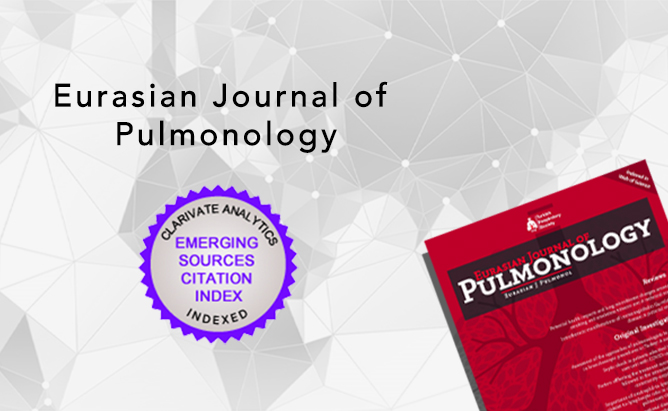2Department of Pulmonary Medicine, Ataturk Chest Diseases and Chest Surgery Education and Research Hospital, Ankara, Türkiye
3Department of Chest Diseases, Faculty of Medicine, Bursa Uludağ University, Bursa, Türkiye
4Department of Chest Diseses, Faculty of Medicine, Aydin Adnan Menderes University, Aydin, Türkiye
5Department of Chest Diseases,Kahramanmaraş Sütçü İmam University, Faculty of Medicine, Kahramanmaraş, Türkiye
6Department of Chest Diseases, Duzce University Faculty of Medicine, Duzce, Türkiye
7Department of Chest Diseases, Gaziosmanpasa Training and Research Hospital, University of Health Sciences, Istanbul, Türkiye
Abstract
BACKGROUND AND AIM: Idiopathic pulmonary fibrosis (IPF) is a chronic and progressive lung disease with a poor prognosis, characterized by advanced fibrosis. The course of the disease varies from patient to patient. The factors that determine the course of the disease are yet to be clarified. Here, we aimed to assess patient characteristics, overall mortality, and mortality-associated factors in our IPF patient cohort.
METHODS: Our multicenter, retrospective cohort study reviewed the records of 169 patients diagnosed with IPF who had mild-to-moderate functional impairment and were followed up for at least one year from diagnosis until death between 2009 and 2019.
RESULTS: The mean age of the 169 IPF patients was 69.7±8.8 years, and 73.4% were male. The diagnosis was established clinically and radiologically in 152 (89.9%) patients and histopathologically in 17 (10%) patients. A smoking history was found in 72.2% of the patients, with an average smoking quantity of 35.6±14.7 pack-years. Among the patients, 28 (16.6%) did not receive treatment, 87 (51.5%) received pirfenidone, and 54 (31.9%) nintedanib treatment. The median Gender, Age, and Physiology (GAP) score of the patients was 3. The mean forced vital capacity (FVC) was 79.6%±19.7%, the mean diffusing capacity of the lungs for carbon monoxide (DLCO) was 52.8%±14.5%, the median pulmonary hypertension score was 2, the mean pulmonary artery-to-aorta (PA/Aorta) ratio was 0.85±0.15, the mean arterial partial pressure of oxygen (PaO2) was 66±10.7 mmHg, and the median right ventricular systolic pressure (RVSP) was 30 (range: 19–60) mmHg. The one-year mortality rate was 7.1%, the two-year mortality rate was 19.6%, and the three-year mortality rate was 42.5%. The factors associated with one- and two-year mortality were age, GAP score, RVSP, and non-treatment. The factors associated with three-year mortality were age, GAP score, non-treatment, and the PA/Aorta ratio.
CONCLUSIONS: Antifibrotic therapy improves disease prognosis and can reduce mortality in patients diagnosed with IPF. Elevation of RVSP on echocardiography and PA/Aorta ratio on thoracic computed tomography can be used as predictors of mortality, similar to the GAP score.




 Aysun Şengül1
Aysun Şengül1 




